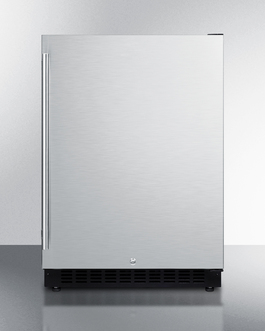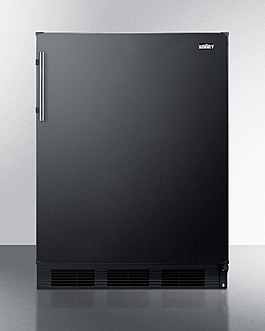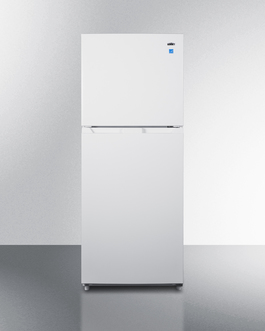FAQs About ADA
What does ADA stand for?
ADA is an acronym for the Americans with Disabilities Act, a federal civil rights law enacted in 1990 that prohibits discrimination against people with disabilities in employment, transportation, public accommodation, communications, and governmental activities.
Who does the ADA regulate?
The ADA applies to employers, public and private transportation services, public accommodations, commercial facilities, telecommunications, and both state and local governments.
Who is protected under the ADA?
An individual with a disability is defined as currently having, having a record of, or is regarded to have a physical or mental impairment that substantially limits one or more major life activities.
Is there a list of impairments defined as disabilities?
Due to the vast and changing number of impairments that may qualify, there is no such comprehensive list. Conditions that do NOT qualify, however, include simple physical characteristics (such as left-handedness), personality traits (such as laziness), physical conditions that are not the result of physiological disorders (such as pregnancy), and environmental, cultural, or economic disadvantages
What is the basic structure of the ADA?
Title I is intended to prevent discrimination in employment procedures, including hiring practices, advancement, worker's compensation, training, discharge procedures and more.
Title II is divided into two parts: Part A regulates state and local governments. Part B applies to public transportation.
Title III ensures that no individual is denied the full and equal enjoyment of goods, services, facilities, or accommodations of any public accommodation, commercial facility, transportation provided by public entities, and private entities that offer examinations or courses relating to licensing and certification.
Title IV requires telecommunications companies to provide services for consumers with disabilities, such as close captioning for the hearing impaired.
Title V contains additional miscellaneous provisions for covered entities.
Does my business have to follow ADA guidelines?
Any public accommodation or commercial facility must comply with the guidelines set forth by Title III of the ADA, providing these adjustments are "readily achievable" in cost and design. Public accommodations include restaurants, bars, shops, theaters, hotels, recreation facilities, private museums, schools, and more. If you own, operate, lease, or lease to a business that serves the public, then you must ensure that your facility meets ADA compliancy.
What if my place of operation was built prior to ADA legislation?
Unlike other building codes, existing facilities must adhere to the guidelines set by the ADA. If the physical redesign of a location is not financially or physically feasible, alternative steps may be taken to make goods and services accessible. Examples of such adjustments might include a restaurant that cannot widen its doors for wheelchair access offering home delivery.
What are the guidelines?
Many of the ADA's guidelines have to do with making a facility wheelchair accessible. Some regulations include making counters no higher than 34" where food and drinks are served, keeping a minimum of 3' between shelves, or providing handicapped parking spaces for facilities of a certain size.
For a full list of regulations, visit the ADA Home Page of the Department of Justice at www.ada.gov
Related Links:
ADA Compliant Appliances
Assisted Living Line
Hospitality Product Line
Built-In Undercounter Refrigeration
Downloadable Catalogs:
Built-In Undercounter Refrigeration Line
Apartment Sized Refrigerator-Freezers
Beer, Wine, & Outdoor Collection
Hospitality Appliance Collection
Commercial Product Line
Complete Cooking Catalog
ADA Compliant Line Overview










